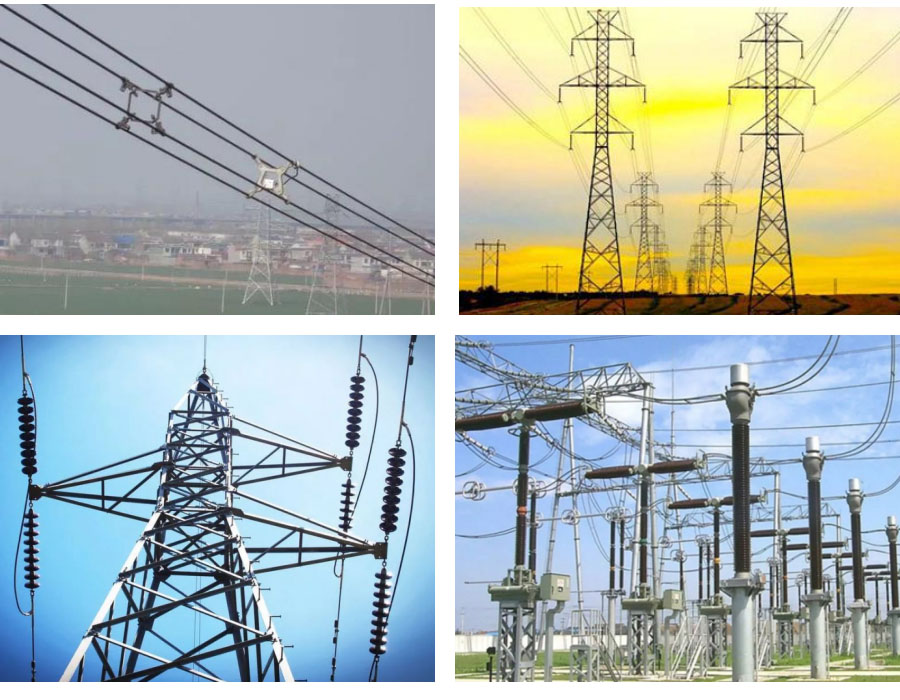Electric power fittings are an important component of power distribution systems, facilitating the transmission and distribution of electricity. These fittings are designed to ensure safe and efficient electrical connections, minimizing power losses and reducing the risk of electrical hazards.
In recent years, there have been ongoing developments in the field of electric power fittings to enhance their performance and address various industry needs. Some notable advancements include:
Smart Grid Integration: With the advent of smart grid technology, electric power fittings are being equipped with advanced sensors and communication capabilities. These smart fittings can monitor power quality, detect faults, and enable real-time data transmission for improved grid management and reliability.
High Voltage Direct Current (HVDC) Fittings: HVDC technology is increasingly being adopted for long-distance power transmission due to its lower transmission losses. Electric power fittings for HVDC systems require specialized designs to handle high voltages and currents efficiently.
Compact and Modular Designs: Fittings are being developed with compact and modular designs to optimize space utilization and ease installation. This is particularly beneficial in densely populated areas or limited space environments.
Improved Safety Features:
Electric power fittings are incorporating enhanced safety features such as fault detection mechanisms, arc-flash mitigation technologies, and improved insulation materials to minimize electrical hazards and protect both personnel and equipment.
Environmentally Friendly Materials: There is a growing emphasis on using environmentally friendly materials in the manufacturing of electric power fittings. This includes the use of recyclable materials, low-emission manufacturing processes, and compliance with international environmental standards.



